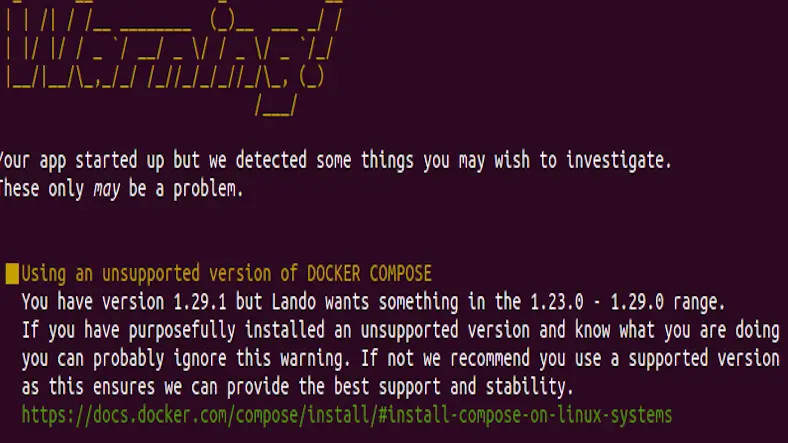Estimating projects is part of project management. And we can’t always estimate a project with 100% accuracy. There will be learning from the failed attempts at estimating projects, maybe with running overtime, or with budget, or with resources etc.
If one needs to deliver a project successfully then one must estimate the project as better as possible.
And in this article we are gonna see a few tips and tricks to get a better estimation on projects and here’s the list of items.
- Why do estimations go wrong?
- What to consider while estimating?
- Why do estimates go long?
- And few approaches for estimating!
Why do estimations go wrong?
In general estimations go wrong because of human errors. In some cases the assumptions made might not be having an actual solution while implementing it. Or in some cases assumptions would be made only for the best cases.
Experts came up with a term called Planning Fallacy, which is a bias that humans have of being overly optimistic.
They suggest that planning fallacy would happen as a result of a habit of assuming the best case scenario and ignoring the historical data. And this can affect all parts of the estimation in a project.
What to consider while estimating?
To get the better estimation on a project, you have to provide your client with a picture of what work or scope is there in the project. So to do this, you have to consider below ones
- Effort estimation
- Cost estimation
- Resource estimation
- Time estimation
1. Effort estimation
Effort estimation pretty much includes everything from time, capacity, skill needed and resources available. We need to get the effort needed for a project to get a high-level picture at the early stages of the project.
2. Cost estimation
Cost estimation is also important to run the project efficiently and you can ensure the client or stakeholder that you have needed a budget to complete the project. And it's important to get this data at an early stage of the project lifecycle.
3. Resource estimation
You have to plan for all the resources including people, tools, softwares, hardwares, any licences etc. You have to make sure when and how much resources are needed at a single point of time.
4. Time estimation
You should get a defined schedule, which has a buffer time with all the milestones estimated. Ideally preparing a Project schedule will get you a better picture. And by this you will be able to indicate clients or stakeholders when they can see results.
Why do estimates go long?
Generally estimating a project itself will take nearly 30% of the project's entire time span. And yes this long time is needed, to get a better and proper plan, which includes creating all planning doc’s and a proper project management plan.
And few approaches for estimating!
There are few approaches used by project managers for project estimation and they make sure to keep this process very agile so that it's easy to manage. Below are the few approaches.
- Top-Down approach
- Bottom-Up approach
- Analogous approach
- Parametric approach
- Three-point approach
- What-If analysis
Will detail it out about the above mentioned approaches in the future article.
So, project estimation is really necessary for project planning. In case if a project is really big in terms of scope, having a project management tool would be helpful.















